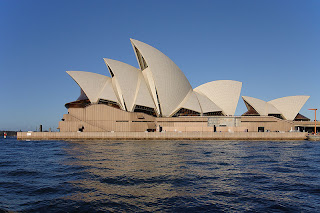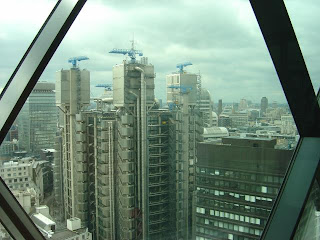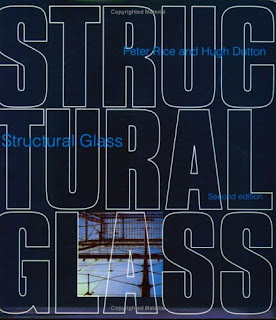The aim of this post is to present one of the celebrities in the engineering and facade world. It is a introduction to those who are unaware of Peter Rice’s achievements.
This great engineer contributed in facades and structures with such a important innovations. He cooperated to design buildings, nowadays considered icons of structures and façades.
Currenlty the most of façades designed and built, in some way contain his essence.
He set up as Structural Engineer in Ove Arup firm from 1956 to 1977, afterwards he founded his own engineering firm, partnering with Martin Francis and Ian Ritchie.
The following points enhance some of the most important ideas of his philosophy and way of thinking:
-He believed the best buildings are the result of a symbiotic relationship between the architect and the engineer, where the engineer is the objective inventor and the architect the creative input.
-He was convinced that there was nothing mysterious about the process of innovation. He was never satisfied with mundane solutions. He took risks during the early stages of the design process.
– He combined advanced structural analysis techniques with investigations of materials in order to achieve the best structural systems.
– Peter confessed to learn just what he needed to know when he needed it.
According to Rice, the roles of the engineer are:
-To use the engineer’s understanding of materials and structure to make real the architectural designs.
-To innovate and to support the creativity of architects.
Among the most renowned construction he was involved in, we can mention the following:
-Sydney Opera House (1973, Jorn Utzon)
-Louvre Pyramid (Paris, 1988, Ming Pei)
-Lloyd’s of London (London, 1986, Richard Rogers)
-Stansted London Airport (1991)
-Cité des Sciences at La Villette (Paris,1987,Adrien Fainsilber)
The Centre Pompidou adopted the gerberette solution to achieve the long spans required to support a heavy library that could be moved anywhere in the building. One of Peter’s main contributions was his insistence on the use of cast steel for these pieces. The gerberette acted as a short beam propped on a circular column and tied down at the ened with a circular bar.
The curtain wall in the Cité des Sciences at La Villette has been the origin of the inexhaustible source of inspiration for the point-supported glass facades worlwide. The main innovations are:
-Drilled glass panels with countersunk holes for point fixings supports.
-Spherical bearings keeps all loads in the glass plane and eliminate local bending effects.
-Horizontal cable trusses resists out-of-plane wind forces.
In 1992 he was awarded the Royal Gold Metal for Architecture by the Royal Institute of British Architects for his achievements which let the advancement of architectures.
In 1994, the Harvard University established the Peter Rice Prize in recognition of the ideals and principles that he represented.
After his death, the engineering and architecture have lost one of their innovation engines.
It is advisable to read his two books: Structural Glass (Peter Rice, Hugh Dutton) and
An Engineer Imagines (Peter Rice).
Source: renatocilento.blogspot.com
Repost from the GKD pressroom







